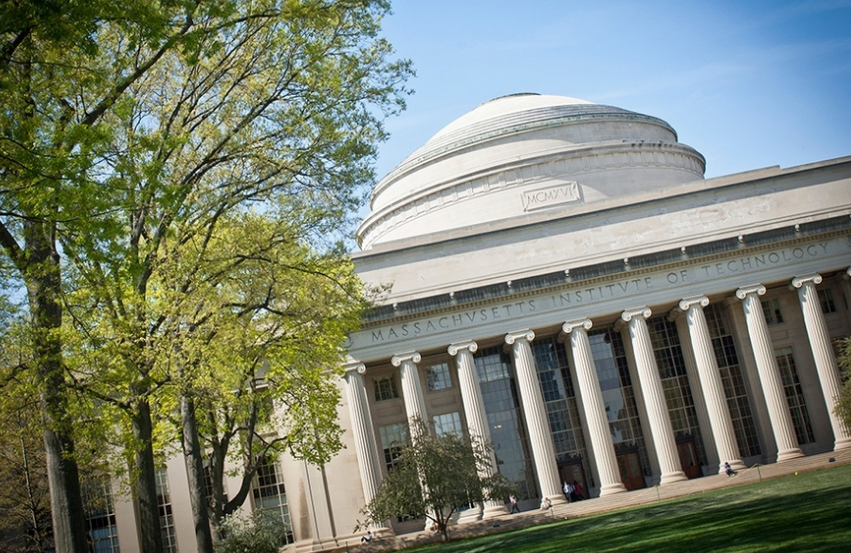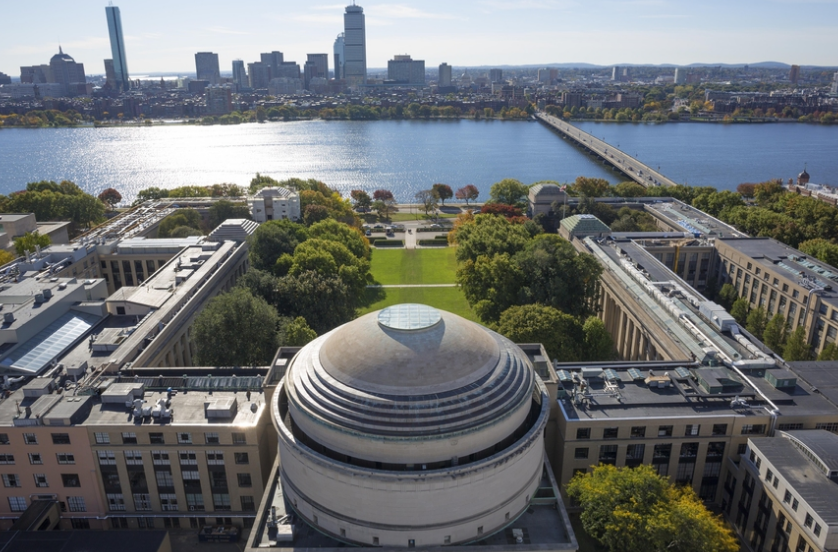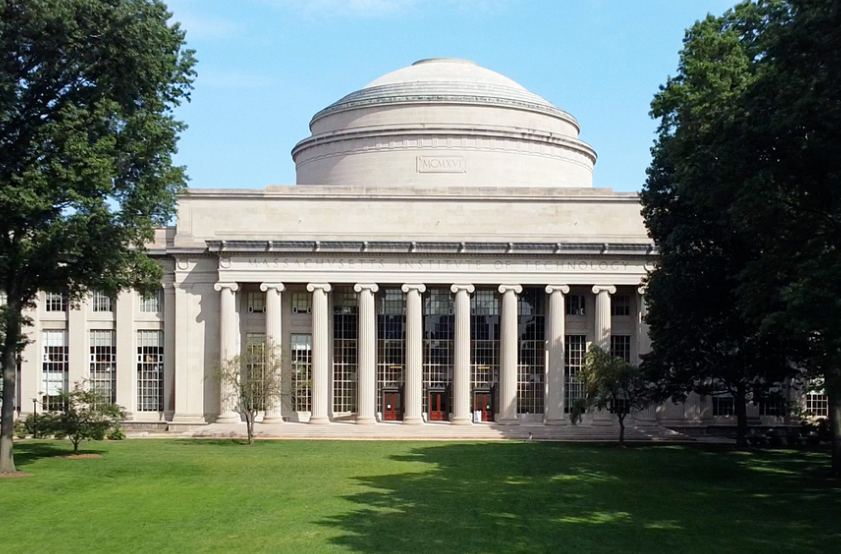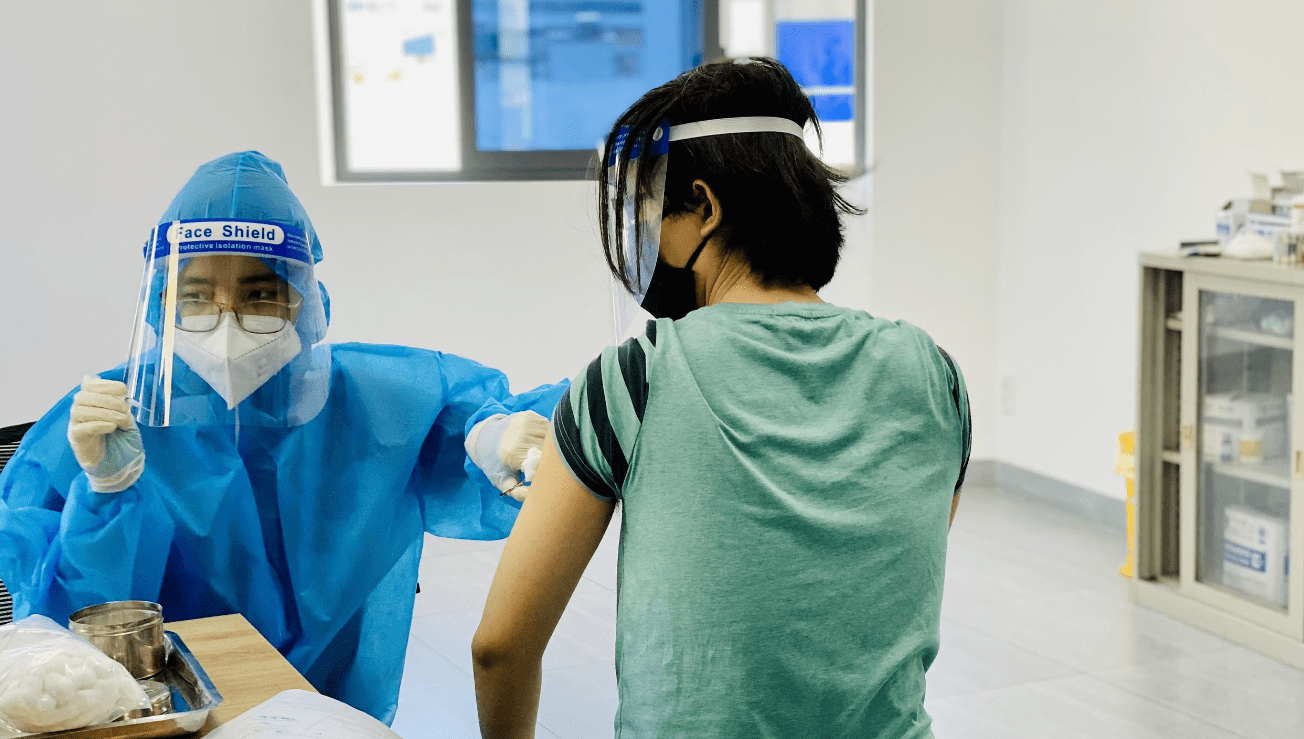The Massachusetts Institute of Technology (MIT) stands as one of the world’s leading institutions for science, technology, and engineering. Located in Cambridge, Massachusetts, MIT has been at the forefront of technological advancement and education since its founding in 1861. Over the years, MIT has produced some of the most influential minds in various fields, ranging from computing and engineering to economics and biology. With its rigorous academic programs, cutting-edge research, and culture of innovation, MIT has shaped the modern world in countless ways.
Historical Background
Founding and Early Years
MIT was founded in 1861 by William Barton Rogers, a geologist and educational reformer. Rogers envisioned an educational institution that would marry theoretical knowledge with practical application, a revolutionary idea at the time. This vision was articulated in his “Objects and Plan of an Institute of Technology,” where he proposed a new type of educational institution that would train students in applied science and engineering to meet the needs of a rapidly industrializing America.
The Institute opened its doors in 1865, after the Civil War, in rented space in Boston. Its first classes were held in 1865, with 15 students enrolled. The early curriculum focused on applied sciences, particularly engineering, chemistry, and architecture, aligning with Rogers’ vision of practical education.
Growth and Development
In 1916, MIT moved to its current location in Cambridge, along the Charles River. This move marked a significant milestone in MIT’s history, providing it with the space and facilities to expand its research and educational programs. The campus, designed by the renowned architect William W. Bosworth, featured the iconic Great Dome, which has since become a symbol of the Institute.
During the 20th century, MIT expanded its academic programs beyond engineering and applied sciences to include the natural sciences, economics, management, and the humanities. The Institute also played a crucial role during World War II, contributing to the war effort through research in radar, electronics, and other technologies. This period established MIT as a powerhouse of innovation and research, a reputation it has maintained ever since.
Academic Excellence
Schools and Departments
MIT is organized into five schools, each encompassing various departments and interdisciplinary programs:
- School of Engineering: The largest and most renowned school at MIT, it includes departments such as Electrical Engineering and Computer Science (EECS), Mechanical Engineering, Chemical Engineering, and Aeronautics and Astronautics. The School of Engineering is consistently ranked among the top in the world and has produced numerous breakthroughs in technology and innovation.
- School of Science: This school includes departments such as Physics, Chemistry, Biology, and Mathematics. The School of Science has been instrumental in advancing scientific knowledge and has produced numerous Nobel laureates.
- School of Architecture and Planning: This school offers programs in architecture, urban planning, and media arts and sciences. It has a strong focus on design, sustainability, and the impact of technology on the built environment.
- Sloan School of Management: Known simply as Sloan, this school is one of the leading business schools in the world. It offers programs in management, finance, and entrepreneurship, with a strong emphasis on innovation and technology.
- School of Humanities, Arts, and Social Sciences (SHASS): This school offers programs in economics, political science, history, linguistics, and other fields. SHASS emphasizes the importance of a well-rounded education and the integration of technical and humanistic perspectives.
Interdisciplinary Research and Education
MIT is known for its interdisciplinary approach to education and research. The Institute encourages collaboration across departments and schools, fostering an environment where innovation thrives. This interdisciplinary focus is evident in programs such as the MIT Media Lab, which brings together researchers from diverse fields such as computer science, neuroscience, and design to explore the future of human-computer interaction.
Another example is the MIT Energy Initiative (MITEI), which addresses global energy challenges through research, education, and policy engagement. MITEI involves faculty and students from engineering, science, economics, and policy to develop sustainable energy solutions.

Research and Innovation
MIT’s commitment to research is reflected in its extensive research facilities and the volume of research conducted at the Institute. MIT operates over 70 research centers and laboratories, many of which are at the cutting edge of their fields. These include the MIT Lincoln Laboratory, which focuses on national security and defense, and the Broad Institute, a collaboration with Harvard University that conducts research in genomics and biomedical science.
MIT’s research output is prolific, with faculty, researchers, and students publishing thousands of papers each year. The Institute also holds numerous patents, many of which have led to the development of new technologies and the creation of startups.
Notable Alumni and Faculty
MIT has a long history of producing alumni and faculty who have made significant contributions to their fields. Some of the most notable include:
- Richard Feynman: A physicist known for his work in quantum mechanics and particle physics. Feynman was a professor at MIT before moving to Caltech.
- Kofi Annan: Former Secretary-General of the United Nations and Nobel Peace Prize laureate. Annan earned a master’s degree in management from MIT Sloan School of Management.
- Buzz Aldrin: An astronaut and one of the first two humans to land on the Moon. Aldrin earned a Doctor of Science degree in astronautics from MIT.
- Noam Chomsky: A linguist and philosopher who has had a profound impact on linguistics, cognitive science, and political theory. Chomsky has been a faculty member at MIT for over 60 years.
- I.M. Pei: An architect who designed some of the world’s most iconic buildings, including the Louvre Pyramid in Paris. Pei earned a degree in architecture from MIT.
Campus and Culture
The MIT Campus
MIT’s campus, located along the Charles River in Cambridge, is a blend of historic and modern architecture. The campus is known for its distinctive buildings, many of which were designed by renowned architects. The Great Dome, located in the heart of campus, is one of MIT’s most recognizable landmarks and serves as a symbol of the Institute’s commitment to knowledge and innovation.
The Stata Center, designed by Frank Gehry, is another iconic building on campus. It houses the Computer Science and Artificial Intelligence Laboratory (CSAIL) and the Department of Linguistics and Philosophy. The building’s unconventional design reflects the creativity and innovation that are hallmarks of MIT.
The campus also includes numerous state-of-the-art research facilities, libraries, and student residences. MIT’s libraries, such as the Hayden Library, provide access to a vast collection of resources and are integral to the Institute’s research and academic activities.
Student Life and Extracurricular Activities
MIT’s student body is known for its diversity, intelligence, and creativity. The Institute attracts students from all over the world, with over 10,000 undergraduate and graduate students enrolled. MIT students are often characterized by their passion for learning, problem-solving, and innovation.
Student life at MIT is vibrant and diverse, with over 500 student organizations catering to a wide range of interests. These include academic and professional societies, cultural and ethnic groups, recreational and sports clubs, and artistic and creative organizations.
One of the most distinctive aspects of MIT’s culture is the tradition of “hacks.” A hack at MIT refers to a clever, creative, and often humorous prank or activity. Hacks are a long-standing tradition at the Institute, with famous examples including placing a police car on top of the Great Dome and transforming the campus into a giant Tetris game. Hacks are a reflection of the ingenuity and playful spirit that characterizes MIT’s student culture.
Athletics and Sports
While MIT is not primarily known for its athletics, it has a strong athletic program with 33 varsity sports teams, known as the Engineers. The Institute competes in the NCAA Division III and is a member of the New England Women’s and Men’s Athletic Conference (NEWMAC). MIT’s rowing, sailing, and track and field teams are particularly strong, with numerous conference championships and national rankings.
Recreational sports and fitness are also an important part of student life at MIT. The Institute offers a wide range of intramural and club sports, as well as state-of-the-art fitness facilities, including the Zesiger Sports and Fitness Center.
Contributions to Science, Technology, and Society
Technological Innovation
MIT’s contributions to science and technology are vast and have had a profound impact on the modern world. The Institute has been a leader in the development of technologies that have transformed industries and everyday life.
One of the most significant contributions is in the field of computing. The development of the Whirlwind computer in the 1940s, one of the first real-time computers, was a major milestone in the history of computing. MIT researchers also played a key role in the development of the Internet, with the creation of the ARPANET, the precursor to the modern Internet, in the 1960s.
In addition to computing, MIT has made significant contributions to fields such as robotics, artificial intelligence, and biotechnology. The Institute’s research in these areas has led to the development of technologies such as the Global Positioning System (GPS), the cochlear implant, and the CRISPR gene-editing technology.
Entrepreneurship and Startups
MIT has a strong entrepreneurial culture, with many of its faculty, students, and alumni founding successful startups. The Institute’s focus on innovation and practical application of knowledge has led to the creation of numerous companies that have had a significant impact on the global economy.
Some of the most successful companies founded by MIT alumni include:
- Bose Corporation: Founded by MIT professor Amar Bose, this company is known for its high-quality audio equipment.
- Intel: Co-founded by MIT alumnus Robert Noyce, Intel is one of the world’s largest semiconductor companies and a leader in the development of microprocessors.
- Dropbox: Founded by MIT alumni Drew Houston and Arash Ferdowsi, Dropbox is a leading provider of cloud storage and file synchronization services.
- HubSpot: Founded by MIT alumni Brian Halligan and Dharmesh Shah, HubSpot is a leading provider of inbound marketing and sales software.
MIT’s commitment to entrepreneurship is supported by programs such as the Martin Trust Center for MIT Entrepreneurship and the MIT $100K Entrepreneurship Competition, one of the most prestigious business plan competitions in the world.

Global Impact
MIT’s influence extends far beyond the United States. The Institute has a global reach, with research collaborations, educational programs, and partnerships in countries around the world. MIT’s faculty and students work on global challenges such as climate change, energy, and public health, contributing to solutions that have a positive impact on society.
The Institute also has a strong commitment to public service and social impact. Programs such as the MIT Public Service Center and the MIT D-Lab engage students in projects that address social challenges in underserved communities around the world. These initiatives reflect MIT’s mission to use knowledge and technology to improve the human condition.
Nobel Laureates and Other Honors
MIT’s faculty and alumni have been recognized with numerous prestigious awards, including Nobel Prizes, Turing Awards, National Medals of Science, and Fields Medals. As of 2023, MIT faculty and alumni have been awarded over 100 Nobel Prizes, a testament to the Institute’s impact on science and technology.
Some of the most notable Nobel laureates associated with MIT include:
- Paul Samuelson: The first American to win the Nobel Memorial Prize in Economic Sciences, Samuelson was a pioneer in modern economic theory.
- Richard Feynman: A physicist who made significant contributions to quantum mechanics and quantum electrodynamics, Feynman was awarded the Nobel Prize in Physics in 1965.
- Robert Solow: A Nobel laureate in Economics, Solow is known for his work on economic growth theory.
Conclusion
The Massachusetts Institute of Technology (MIT) is more than just an academic institution; it is a global leader in science, technology, and innovation. Since its founding, MIT has pushed the boundaries of knowledge, shaping the modern world through its research, education, and entrepreneurial endeavors. Its commitment to interdisciplinary collaboration, practical application of knowledge, and global impact continues to drive advancements in fields ranging from engineering and computing to economics and public health.
MIT’s culture of innovation and excellence has produced some of the world’s most influential thinkers, scientists, and entrepreneurs. As the Institute looks to the future, it remains dedicated to addressing the world’s most pressing challenges and to using knowledge and technology to improve the human condition. With its continued focus on research, education, and global impact, MIT will undoubtedly continue to lead the way in shaping the future of science and technology.
This article provides a detailed overview of MIT’s history, academic structure, contributions to various fields, and the cultural aspects that make it one of the world’s leading institutions. The content is designed to be thorough while engaging for readers who want to understand the breadth and depth of MIT’s influence on science, technology, and society.




